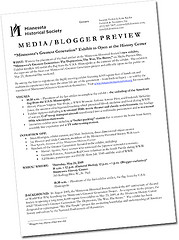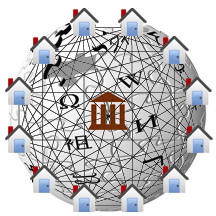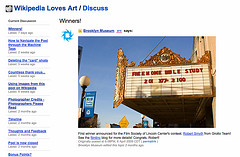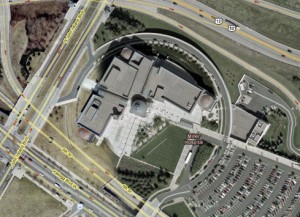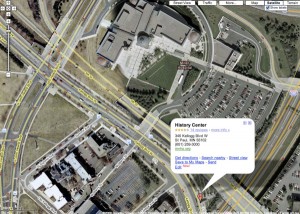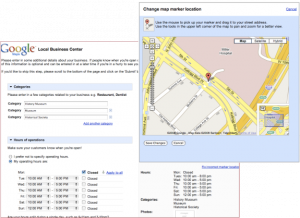Looking over the program of the Communicating the Museum Conference and fantasizing about going to Malaga, Spain I came across this plenary session listing by none other than the museuo-digerati and trail blazers in use of social media in museums, the Brooklyn Museum:
“Growing Community at the Brooklyn Museum”
“Focusing on the Brooklyn Museum’s community-oriented and visitor-centered mission, Shelley Bernstein and Will Cary will discuss ways in which the museum has reached out to foster community online and grow supporters at their institution. Recognizing that honesty and transparency are key and that, above all, communities are made of people – they will discuss why social media has nothing to do with marketing and everything to do with making personal connections.”
Nothing? True, social media has more to do with public relations and branding than marketing or advertising – but nothing?!
It might have been well said if it stated, “they will discuss why social media has nothing to do with marketing” because social media is really about branding and PR, and good public relations creates a healthy environment for which marketing can work in, but then it goes on to state that social media has “everything to do with making personal connections.
Today marketing has everything to do with making personal connections. I discussed opt-in marketing in an earlier post and the need to make your content so engaging that consumers voluntary go online and subscribe to it. Consumers increasingly can choose what advertising they wish to see and how they wish to be marketed to. Marketing has be very attune with making personal connections.
Marketing is interested in the market — consumers and demand. What is social networking but one-to-one marketing. Translate that into museum lingo: A consumer-centered museum factors in consumer’s interests in planning museum exhibitions, programs, services and use the market rather than the museum organization as the starting point for planning.
In social media, the dialogue is two-way communication, which avoids the promotional hype and the authoritive dialog of the one-way communication which were hallmarks of print, TV, radio marketing. Marketing has become more holistic and the lines more blurred between as consumers choose how they wish to be marketed/communicated to.
The Coming DOT-MUSEUM Crash
One interesting trend are museums and organizations pushing large amounts of their content on-line in spaces like Flickr, YouTube, iTunes University and Wikipedia with little thought of how to use it to pull customers into their facilities.
All this has lead me to wonder if the rush for museums to put their collections on social media sites with little regard to the bottom-line isn’t a little like the dot-com craze several years ago.
A dot-com company’s business model relied on the network effect to justify giving way the product away and/or losing money in hopes to gain market share or the commodity of mind share in the “new economy”. The money they raised through capital venturists or public offerings on the stock exchange was burned through as most could not create viable economic models. The rest is history.
I think museums are in a similar (but not as dramatic) bind. Foundations similar to venture capitalists love funding new things but seldom fund operating expenses. What happens when the grants dry up that helped put the content on the web? What happens to museums who knew how to push the content out on the web but had no plans to pull customers back to their brick and mortar facilities.
Museums better had learn how to monetize their content (if not directly then indirectly) and develop real on-line and social media marketing stratigies if they plan not only to remain relevant but also to remain solvent in the years to come.
